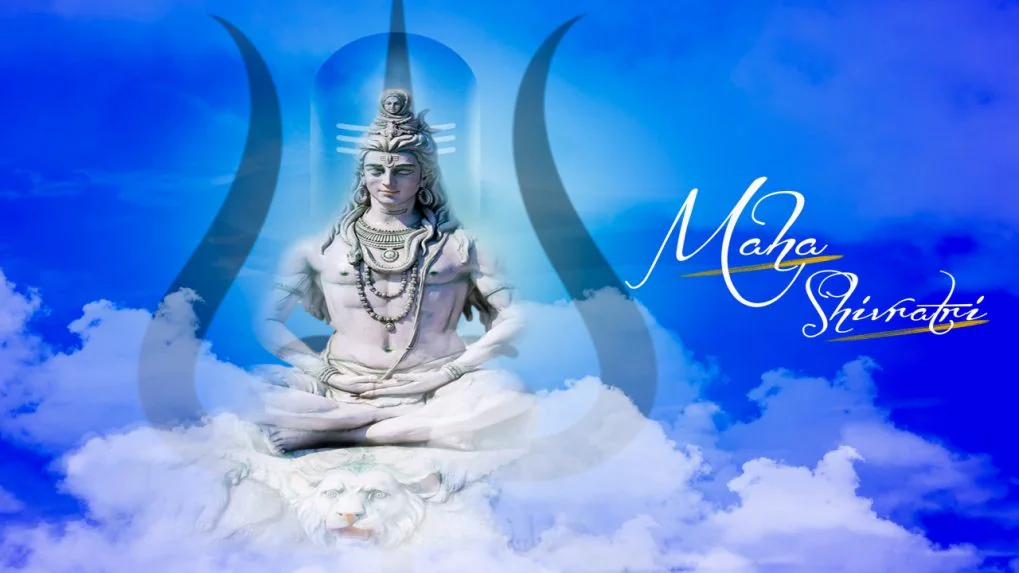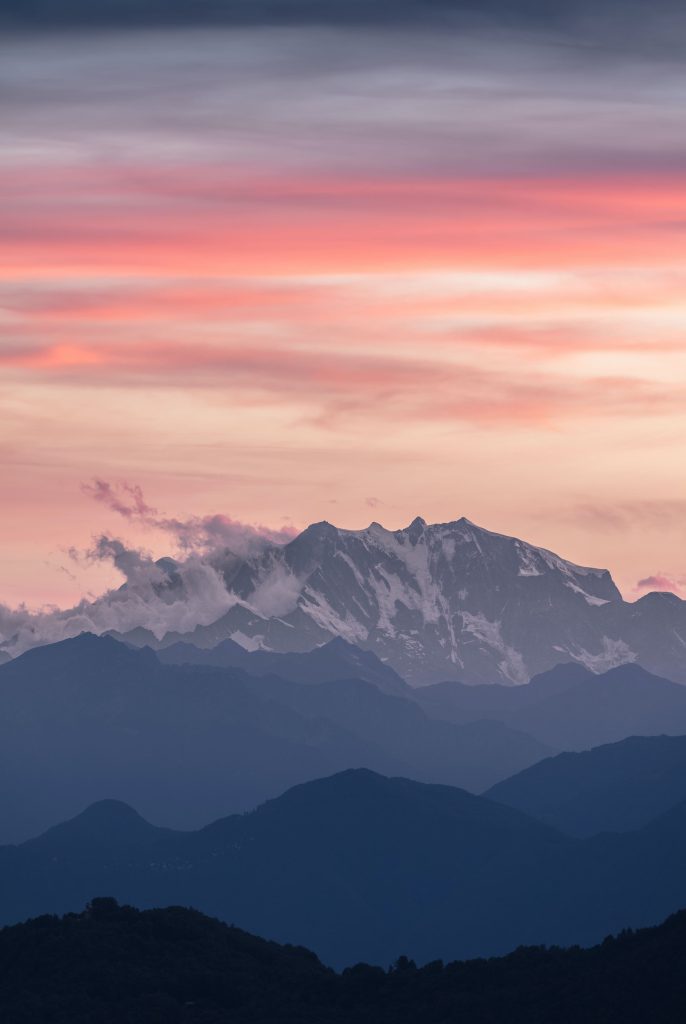Maha Shivaratri, also known as “The Great Night of Shiva,” is one of the most significant festivals in Hinduism. It is celebrated annually in honor of Lord Shiva, the destroyer and transformer within the Trimurti (the Hindu trinity of Brahma, Vishnu, and Shiva). The festival falls on the 14th night of the new moon during the Hindu month of Phalguna or Maagha (February or March in the Gregorian calendar). Devotees observe fasting, perform night-long vigils, and offer prayers to seek the blessings of Lord Shiva.
The Story Behind Maha Shivaratri
There are several legends associated with Maha Shivaratri, each highlighting the significance of this sacred night. Here are some of the most popular stories:
1. The Night of Shiva’s Tandava (Cosmic Dance)
According to Hindu mythology, Maha Shivaratri marks the night when Lord Shiva performed the Tandava Nritya, the cosmic dance of creation, preservation, and destruction. It is believed that the universe itself was created, sustained, and dissolved through this divine dance. Devotees celebrate this night to honor Shiva’s role as the cosmic dancer and the source of all energy in the universe.

2. The Marriage of Shiva and Parvati
Another popular legend associates Maha Shivaratri with the divine union of Lord Shiva and Goddess Parvati. It is believed that on this night, Shiva and Parvati were married, symbolizing the union of consciousness (Shiva) and energy (Parvati). This union represents the balance of masculine and feminine energies in the universe. Devotees celebrate this day to seek blessings for a harmonious and prosperous life.
3. The Story of the Hunter and the Lingam
One of the most beloved stories of Maha Shivaratri is about a poor hunter who unknowingly worshipped Lord Shiva. The hunter, who lived in a forest, was once chasing a deer to hunt for food. As night fell, he climbed a tree to escape a wild animal. To stay awake, he plucked leaves from the tree and dropped them on the ground. Unbeknownst to him, there was a Shiva Lingam (a symbolic representation of Shiva) beneath the tree. The leaves fell on the Lingam, and the hunter, who had not eaten all day, inadvertently observed a fast.
Pleased with the hunter’s unintentional devotion, Lord Shiva appeared before him and granted him liberation from the cycle of birth and death. This story emphasizes the importance of sincere devotion, even if it is unintentional, and highlights the significance of offering Bilva leaves to Shiva on Maha Shivaratri.
4. The Churning of the Ocean (Samudra Manthan)
During the churning of the ocean (Samudra Manthan) by the Devas (gods) and Asuras (demons) to obtain the nectar of immortality, a pot of poison emerged from the ocean. The poison was so potent that it threatened to destroy the universe. To save creation, Lord Shiva drank the poison but held it in his throat, turning it blue. This earned him the name Neelkantha (the blue-throated one). Maha Shivaratri is celebrated to honor Shiva’s selfless act of saving the world.
Significance of Maha Shivaratri
Maha Shivaratri is a night of spiritual awakening and self-reflection. Devotees observe fasts, chant mantras like “Om Namah Shivaya,” and perform Abhishekam (ritual bathing) of the Shiva Lingam with milk, honey, water, and other sacred offerings. The festival symbolizes the overcoming of darkness and ignorance in life and the world.
How to Celebrate Maha Shivaratri
- Fasting: Devotees observe a strict fast, consuming only fruits, milk, and water. Some devotees refrain from eating or drinking altogether.
- Night Vigil (Jagaran): Staying awake all night, meditating, and chanting Shiva’s name is considered highly auspicious.
- Offering Bilva Leaves: Bilva (Bael) leaves are offered to the Shiva Lingam, as they are believed to be dear to Lord Shiva.
- Abhishekam: The Shiva Lingam is bathed with milk, yogurt, honey, ghee, and water while chanting sacred mantras.
- Visiting Temples: Devotees visit Shiva temples to offer prayers and seek blessings.
Conclusion
Maha Shivaratri is a celebration of devotion, self-discipline, and spiritual growth. It reminds us of the power of faith, the importance of overcoming ignorance, and the pursuit of inner peace. Whether through fasting, prayer, or meditation, devotees connect with the divine energy of Lord Shiva, seeking his blessings for a life of wisdom, strength, and liberation.
Om Namah Shivaya!








skht
As a devoted Srikalahasti resident, I have a strong desire to showcase the growth, beauty, and culture of our community. My objective is to offer the people of Srikalahasti insightful knowledge and useful insights, with an emphasis on civic involvement, local governance, and community well-being. I want to use this platform to raise awareness of important topics, provide updates on social and political developments, and highlight our region's rich history. By working together, we can create growth and progress for everyone and work toward a better future for Srikalahasti.
నేను శ్రీకాళహస్తి నియోజకవర్గానికి చెందిన ఒక ప్రగాఢ ఆసక్తి కలిగిన స్థానిక వాసిని. మా ప్రాంత సౌందర్యం, సాంస్కృతిక విలువలు మరియు అభివృద్ధి పట్ల నాకున్న ప్రేమతో ఈ నియోజకవర్గం గురించి ప్రజలకు విలువైన సమాచారం అందించడమే నా లక్ష్యం. ఈ వేదిక ద్వారా, సమాజానికి సంబంధించిన ముఖ్యమైన సమస్యలు, రాజకీయ మరియు సామాజిక సంఘటనలపై తాజా సమాచారం మరియు మా నియోజకవర్గంలోని సాంప్రదాయ సంపదను ప్రజలతో పంచుకుంటాను. మనందరం కలిసి శ్రీకాళహస్తి యొక్క భవిష్యత్తును మరింత మెరుగుగా తీర్చిదిద్దేలా కృషి చేద్దాం.!